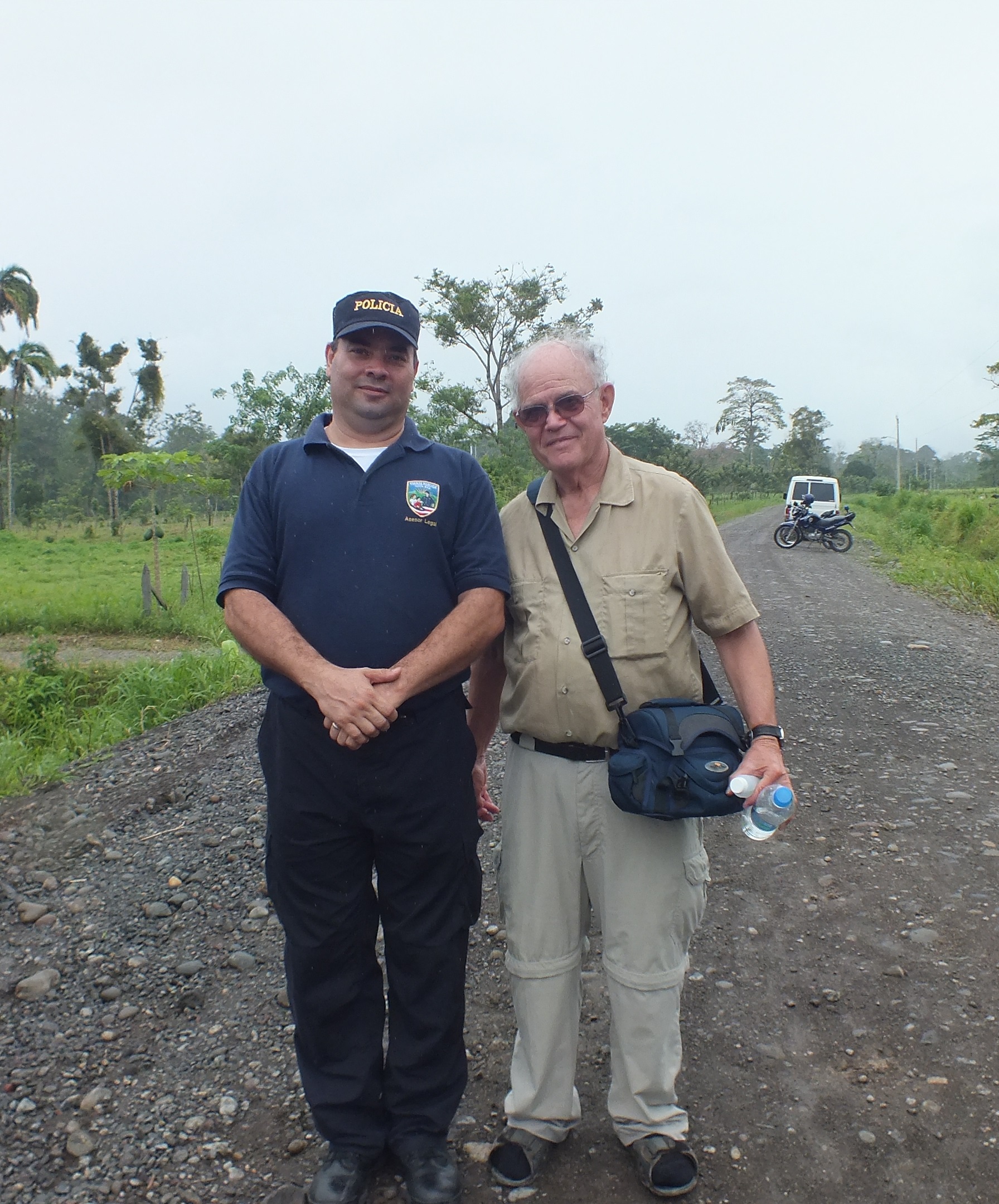Written by guest blogger, Graeme Mount.
The article “Costa Rica and the Cold War” is a by-product of my position as associate editor for the three volume Encyclopedia of U.S.-Latin American Relations (Thousand Oaks, 2012), edited by Thomas M. Leonard. One of the contributors to the collection was the son of a high-ranking Costa Rica diplomat. Through him I met a number of officials who work at the Costa Rican Foreign Office in San José and gained access to the Foreign Office library and archives.
Understandably, most historians of the Cold War have focused on larger countries or countries closer to the Iron Curtain. For the most part English-language writers who have discussed Costa Rica’s role have done so from US sources, excepting Charles D. Ameringer and Kyle Longley who have covered only limited periods of a struggle which lasted from 1945 until 1990. This article is unique in that it covers the entire period from a Costa Rican perspective.
In brief, both the United States and the Soviet Union were interested in Costa Rica, whose primary Cold War concern was its relationship with neighbouring Nicaragua. In the face of threats from Nicaragua’s predatory Somoza regime, the Eisenhower administration would not provide weapons for Costa Rican defence until the Costa Rican administration expressed approval of the CIA’s violent overthrow of Guatemala’s leftist government. After pro-Communist Sandinistas gained control of Nicaragua in 1979, the Reagan administration cooperated with Costa Rican President Luis Monge (1982-86) in support of the Contras, but when Monge’s successor, Óscar Arias (1986-90) won a Nobel Peace Prize for his efforts at mediation, the Reagan White House slashed aid to Costa Rica. As for the Soviet Union, Joseph Stalin sent an undercover officer disguised as a wealthy Costa Rican expatriate to the Central American country, who persuaded authorities that if named ambassador to Italy and Yugoslavia he would personally finance an embassy in Rome and promote the sale of Costa Rican coffee in Yugoslavia. In 1953, the ambassador mysteriously disappeared. After the Cold War Boris Yeltsin opened Soviet archives and Costa Ricans discovered that Stalin wanted the ambassador to assassinate Josep Broz Tito. They also learned that when Stalin died, his successors cancelled the assassination order and the planted ambassador returned to the Soviet Union.
Often but not always, Costa Rican Cold War policy suited officials in Washington. President José Figueres Ferrer (1970-74) admired the Chilean administration of Salvador Allende and antagonized the Nixon administration by establishing diplomatic relations with the Soviet Union and its allies. However, successive Costa Rican governments kept their distance from Fidel Castro’s Cuba, the People’s Republic of China (PRC), and North Korea. Only in the twenty-first century, well after the Cold War ended, did Costa Rica establish diplomatic relations with the PRC, while relations with Cuba remain a work in progress.
Graeme Mount’s article, “Costa Rica and the Cold War, 1948–1990″ appears in the latest edition of the Canadian Journal of History/Annales canadienne d’histoire. Read it today by clicking here: http://bit.ly/CJH502PM_Mount

Comments on this entry are closed.